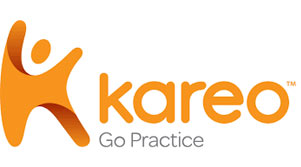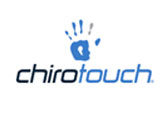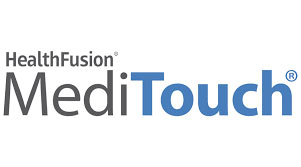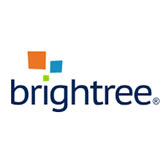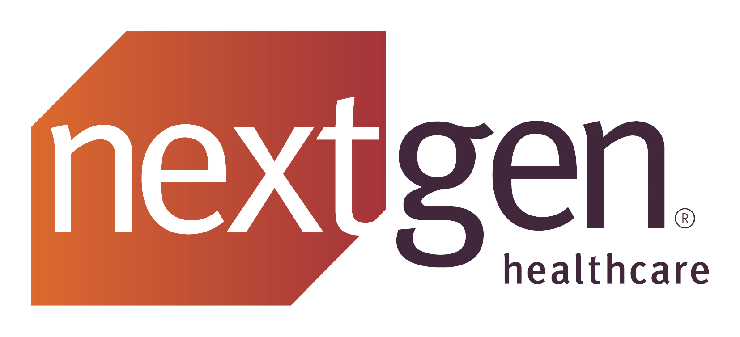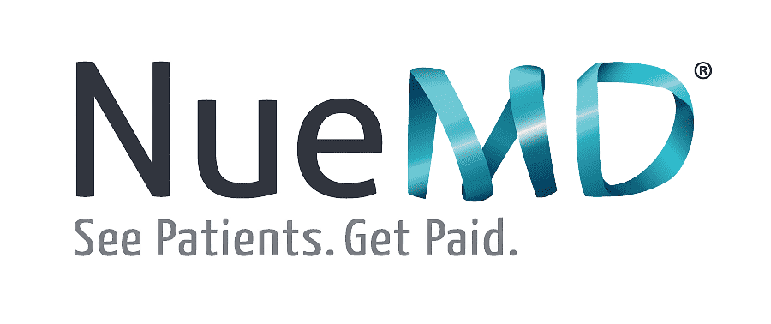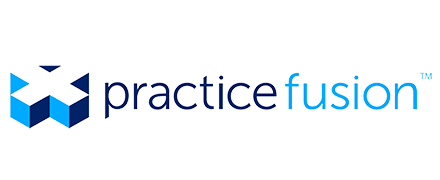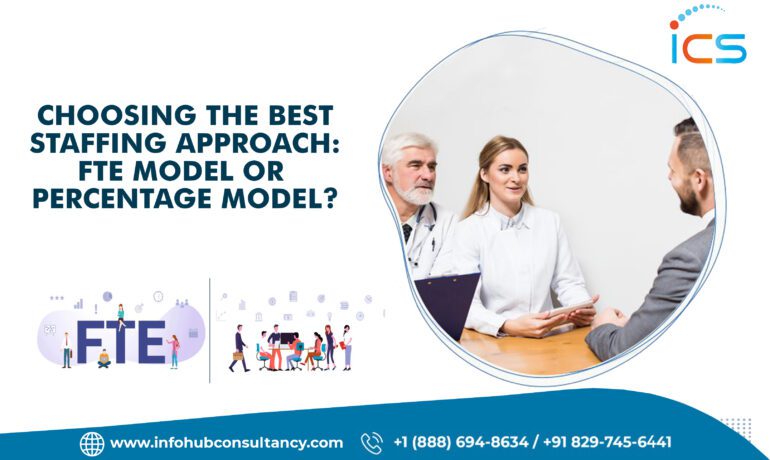Selecting the right staffing approach is a critical decision that can significantly impact a company’s success. Two popular staffing models, the Full-Time Equivalent (FTE) model at $8 per hour and the Percentage Model, offer distinct advantages and considerations for businesses like Info Hub Consultancy Services (ICS). In this blog post, we will compare and contrast these staffing approaches to help ICS and other organizations make an informed choice that aligns with their goals and maximizes efficiency.
Full-Time Equivalent (FTE) Model at $8/Hr:
The FTE model involves hiring employees on a full-time basis and compensating them at a fixed hourly rate of $8. Let’s explore the benefits and considerations of this approach:
Advantages:
- Cost Control and Predictability: The FTE model at $8/hr provides ICS with a clear understanding of labor costs. With a fixed hourly rate, budgeting becomes more straightforward, ensuring that ICS can manage expenses effectively.
- Dedication and Commitment: FTE employees often demonstrate higher levels of dedication and commitment to the company’s mission and goals. Their full-time status allows them to become deeply integrated into the organization, fostering a sense of ownership and loyalty.
- Stability and Continuity: Hiring employees on a full-time basis ensures a stable and continuous workforce. This reduces the need for frequent recruitment and training, promoting smoother operations and better client service.
Considerations:
- Underutilization during Downtime: In slower business periods, FTE employees may not be fully utilized, leading to higher costs relative to the actual workload. Companies must strategize workforce planning to address this concern.
- Limited Flexibility for Special Projects: The FTE model may restrict access to specialized skills for one-time or short-term projects, as these employees are typically hired for broader, ongoing roles.
- Overhead Costs: While the hourly rate of $8 is affordable, the FTE model incurs additional overhead costs, such as benefits, insurance, and administrative expenses, which should be factored into the overall budget.
Percentage Model:
The Percentage Model compensates employees based on a percentage of the revenue they generate for the company. Here are the merits and considerations of this staffing approach:
Advantages:
- Performance-Based Incentives: The Percentage Model motivates employees to perform at their best, as their compensation is directly tied to the revenue they generate. This can lead to increased productivity and improved outcomes.
- Flexibility in Workforce Management: Companies can scale their workforce based on demand, hiring more staff during peak periods and reducing staff during slower times. This flexibility optimizes costs.
- Access to Specialized Skills: The Percentage Model allows companies like ICS to afford specialized expertise for specific projects without incurring fixed costs, thereby enhancing project quality and efficiency.
Considerations:
- Revenue Volatility Impact: The Percentage Model can result in fluctuating income for employees due to the unpredictable nature of revenue generation. This may affect employee morale and retention.
- Potential Misalignment with Company Goals: Incentive-driven compensation might shift employee focus towards individual performance rather than broader company objectives, necessitating clear communication and alignment efforts.
- Complex Compensation Structure: Implementing and managing the Percentage Model requires careful tracking and calculation of revenue generated by each employee, which can be administratively demanding.
Conclusion:
Choosing between the Full-Time Equivalent (FTE) model at $8 per hour and the Percentage Model is a pivotal decision for Info Hub Consultancy Services (ICS) and other businesses. The FTE model offers cost control, dedication, and stability, making it an attractive option for companies seeking a loyal and committed workforce. On the other hand, the Percentage Model provides performance-based incentives, flexibility, and access to specialized skills, making it appealing to businesses with varying demands.
To make the best decision, ICS should consider its unique requirements, budget constraints, and project dynamics. In some cases, a hybrid approach that combines elements of both models might be the most suitable solution. By carefully weighing the advantages and considerations of each staffing approach, ICS can foster a productive and engaged workforce that drives the company toward long-term success.















